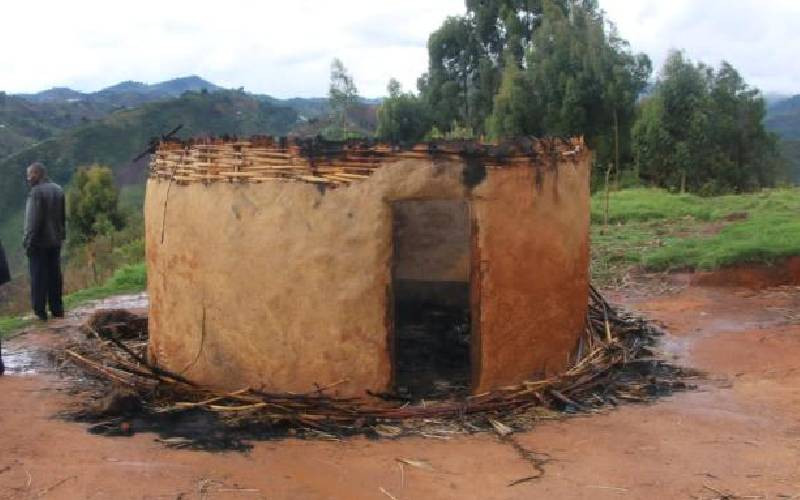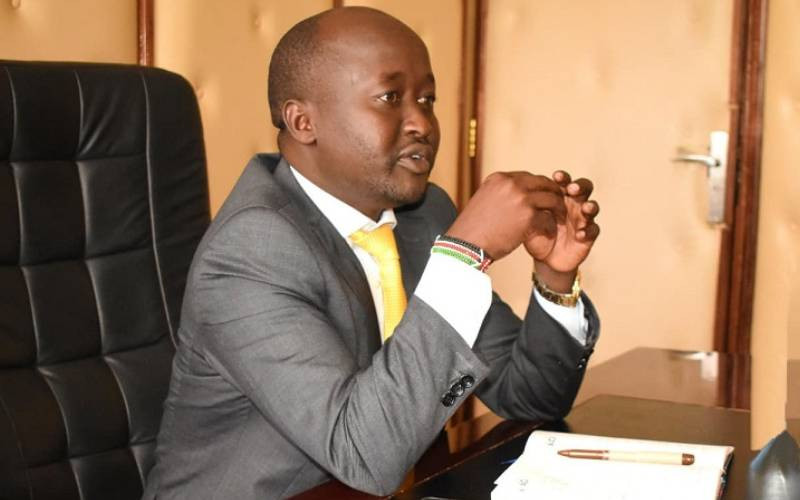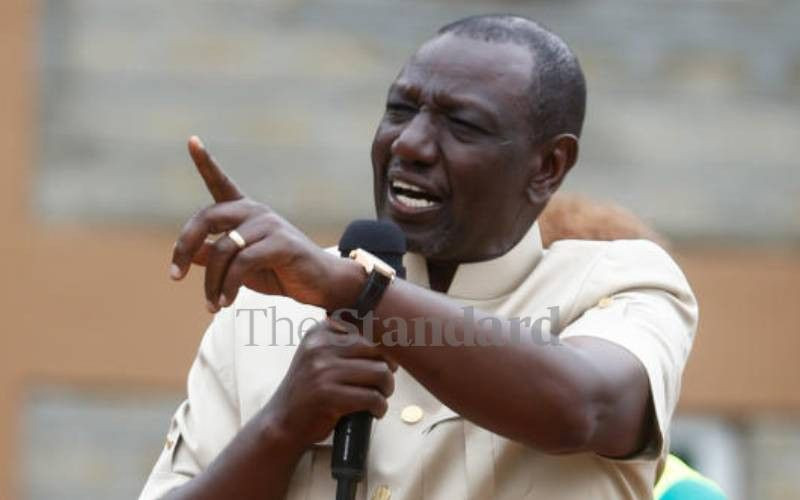Clashes between Ugandan soldiers and armed Pokot herdsmen from Kenya remind us the Government has not restarted disarmament a year after promising to do so.
In the latest incident, Kenyan pastoralists killed four Uganda People’s Defence Force soldiers in a gun battle in Achorchor, a sub-county in that country that borders Pokot North District. Eighteen months ago, the crisis was at the centre of national attention after UPDF men killed three Kenyans at the border, six others in Uganda’s Moroto District and allegedly conducted ‘bombings’ from helicopter gunships against fleeing bandits in Kenya.
To prevent a recurrence of the incidents, the Ugandans last year tried to bar herdsmen looking for pasture from crossing the border with their animals. The response from Government, as put by Internal Security Assistant Minister Simeon Lesirma, was to negotiate for the herders to be let in on the promise Kenya was considering getting involved in a joint disarmament exercise with Uganda. This was a significant change in policy, the first sign the Government may abandon its voluntary disarmament approach and take a more robust one. But after getting herders a reprieve, the matter seems to have lapsed.
The disarmament of pastoralist communities in the north is necessary and inevitable. The only question is how it has to be done and what factors will contribute to or prevent its success.
Guns for ploughs
In May 2006, the Government launched a large-scale military-led disarmament exercise in the North Rift and, later, North Eastern Province. But the use of force was criticised by MPs, local leaders and civil society. The Government then softened its approach, resulting in a voluntary disarmament operation that conflict-resolution NGOs criticise as "lacking transparency and vision".
The prospect of a joint exercise with Uganda meant we could learn to disarm by force without a brutal crackdown. Our neighbour, after all, has been carrying out forced disarmament of five ethnic groups in its Karamoja region since 2002 and knows what pitfalls to avoid. Their first round brought in 10,000 guns in its first year but was abandoned over rising insecurity. Warriors would attack and rob those the UPDF had disarmed. Later operations take into account the need to provide security for the disarmed.
In Uganda’s second try, people were offered ox-ploughs and maize in exchange for their guns. However, it saw some violent resistance to disarmament and allegations of human rights violations by UPDF soldiers. Incentives for handing over weapons should be used alongside penalties for failing to do so. But State agents must not violate the law or resort to torture, ill treatment and unlawful killings to succeed.
Despite initial problems, aid agencies say Uganda’s disarmaments have made the Karamoja region safer. Since January 2006, only a few thousand guns have been recovered, a sign there are fewer guns in the wrong hands.
More than 200 people, some Kenyan, have also faced trial for illegally carrying weapons.
There are still occasional attacks on the disarmed, but these can be blamed on armed Ugandans fleeing the UPDF being able to find a home in Kenya’s lawless border districts. For a joint campaign to succeed, Kenya and Sudan must co-operate with Uganda in a concurrent disarmament of the Dinka, Turkana, Pokot, Sabiny and other pastoralist groups in the three countries.
Conflict prevention
The latest incident comes at a time of heightened tensions due to politicians and others from the region joining in on the jingoistic attacks on the UPDF inspired by the Migingo Island crisis. While none of them concedes the thousands of armed men crossing into Uganda are a security threat, it cannot be ignored or denied.
Stay informed. Subscribe to our newsletter
Disarmament should happen alongside schemes to change the region’s economy and to improve conflict prevention. Uganda’s approach, introducing communities in Karamoja District to farming, helps reduce the over-reliance on pastoralism that perpetuates the culture of violence. This is the only way to gain community acceptance and succeed.
 The Standard Group Plc is a
multi-media organization with investments in media platforms spanning newspaper
print operations, television, radio broadcasting, digital and online services. The
Standard Group is recognized as a leading multi-media house in Kenya with a key
influence in matters of national and international interest.
The Standard Group Plc is a
multi-media organization with investments in media platforms spanning newspaper
print operations, television, radio broadcasting, digital and online services. The
Standard Group is recognized as a leading multi-media house in Kenya with a key
influence in matters of national and international interest.
 The Standard Group Plc is a
multi-media organization with investments in media platforms spanning newspaper
print operations, television, radio broadcasting, digital and online services. The
Standard Group is recognized as a leading multi-media house in Kenya with a key
influence in matters of national and international interest.
The Standard Group Plc is a
multi-media organization with investments in media platforms spanning newspaper
print operations, television, radio broadcasting, digital and online services. The
Standard Group is recognized as a leading multi-media house in Kenya with a key
influence in matters of national and international interest.








